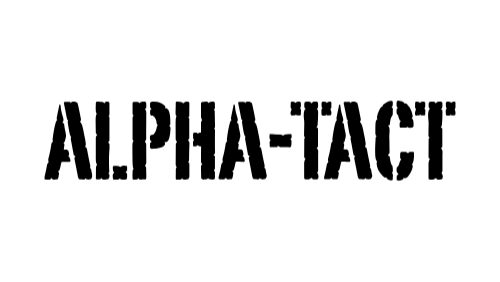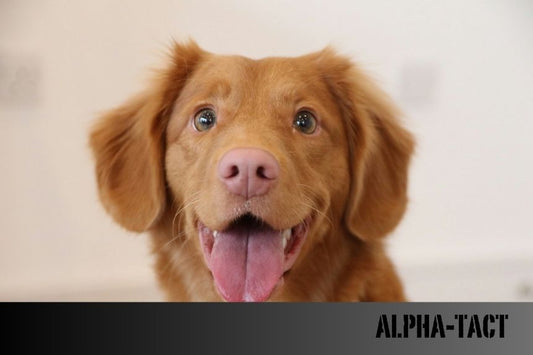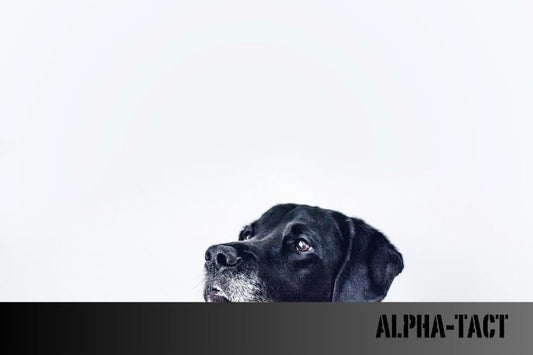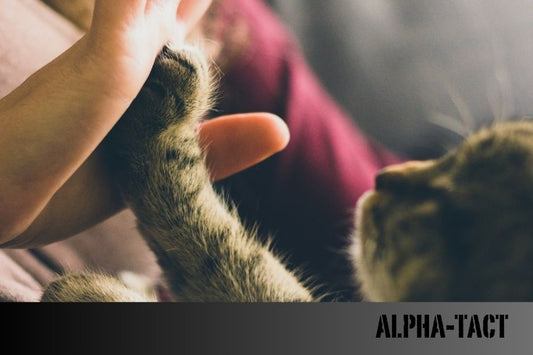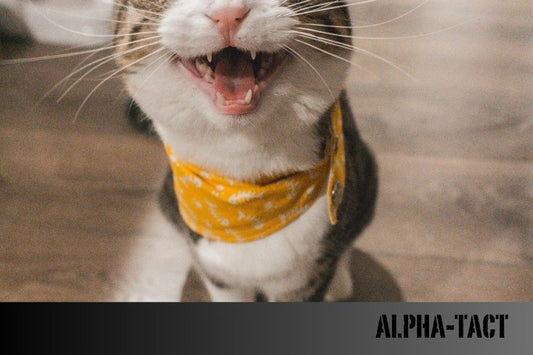
Veterinary Fees for 2025: How Much is Each Service?
Share
Veterinary Fees for 2025: How Much is Each Service?
For pet owners, veterinary expenses are of great importance to protect the health of their pets. However, changing economic conditions every year also affect the costs of veterinary services. In this article, we will examine what changes will occur in veterinary fees in 2025, how much each service costs, and ways to reduce these costs.
Veterinary Services and Average Fees
In 2025, the main practices and fee ranges in veterinary services are as follows:
Inspection and Diagnostic Services
-
General examination: 500 TL - 800 TL
-
Laboratory tests (blood, urine, etc.): 700 TL - 1,500 TL
-
X-ray and ultrasound: 1,000 TL - 2,500 TL
Vaccination and Preventive Services
-
Combination vaccine: 400 TL - 700 TL
-
Rabies vaccine: 300 TL - 500 TL
-
Parasite applications: 250 TL - 600 TL
Surgical and Therapeutic Services
-
Neutering (cat/dog): 2,500 TL - 6,000 TL
-
Medical operations: 5,000 TL - 20,000 TL (depending on the nature of the operation)
-
Stitch removal or wound treatment: 500 TL - 1,200 TL
Emergency and Intensive Care Services
-
Emergency examination: 1,000 TL - 2,000 TL
-
Intensive care: 3,000 TL - 10,000 TL per day
-
Neutralization of poison or emergency serum: 2,000 TL - 5,000 TL
Grooming and Aesthetic Services
-
Nail cutting: 150 TL - 300 TL
-
Shaving: 300 TL - 800 TL
-
Exterior cleaning: 1,000 TL - 2,500 TL
Factors Affecting Veterinary Fees in 2025
The main factors that determine the costs of veterinary services:
1. Economic Conditions
Rising inflation rates and the increase in imported drug costs in 2025 have directly affected veterinary fees. In particular, the prices of drugs brought from abroad have increased the total cost of animal health services.
2. Location of the Veterinary Clinic
Veterinary clinics in big cities may charge higher prices than those in smaller cities and towns. For example, an examination fee in a metropolis like Istanbul or Ankara may be around 1,000 TL, while the same service in a small town may cost around 500 TL.
3. Quality and Urgency of Service
Emergency services are often more expensive. Intensive care or emergency services at night are charged above standard rates.
4. Technological Equipment and Expertise
While some clinics' advanced technological devices and expert veterinarians provide higher quality service, this is also reflected in the prices.
Ways to Reduce Veterinary Expenses
Some strategies can be developed to keep veterinary expenses under control:
1. Do Not Neglect Routine Checks
Regular checkups help detect health problems in your pet early, which can help prevent high treatment costs in the future.
2. Getting Pet Insurance
In 2025, pet insurance will provide a great advantage by covering some of the veterinary expenses.
3. Benefiting from Mass Vaccination Campaigns
Some municipalities and animal lovers' associations organize mass vaccination campaigns and offer services at affordable prices. You can follow these opportunities.
4. Improving Home Care
You can take precautions such as proper nutrition and regular exercise to ensure your pets live a healthy life. This reduces the risk of disease.
Conclusion
Veterinary fees for 2025 vary depending on economic conditions and the quality of services. It is important to manage these expenses in a planned manner for the health of your pet. You can more easily overcome this burden by taking advantage of early diagnosis, regular checkups and affordable alternatives. The happiness of your pets means your happiness too!
